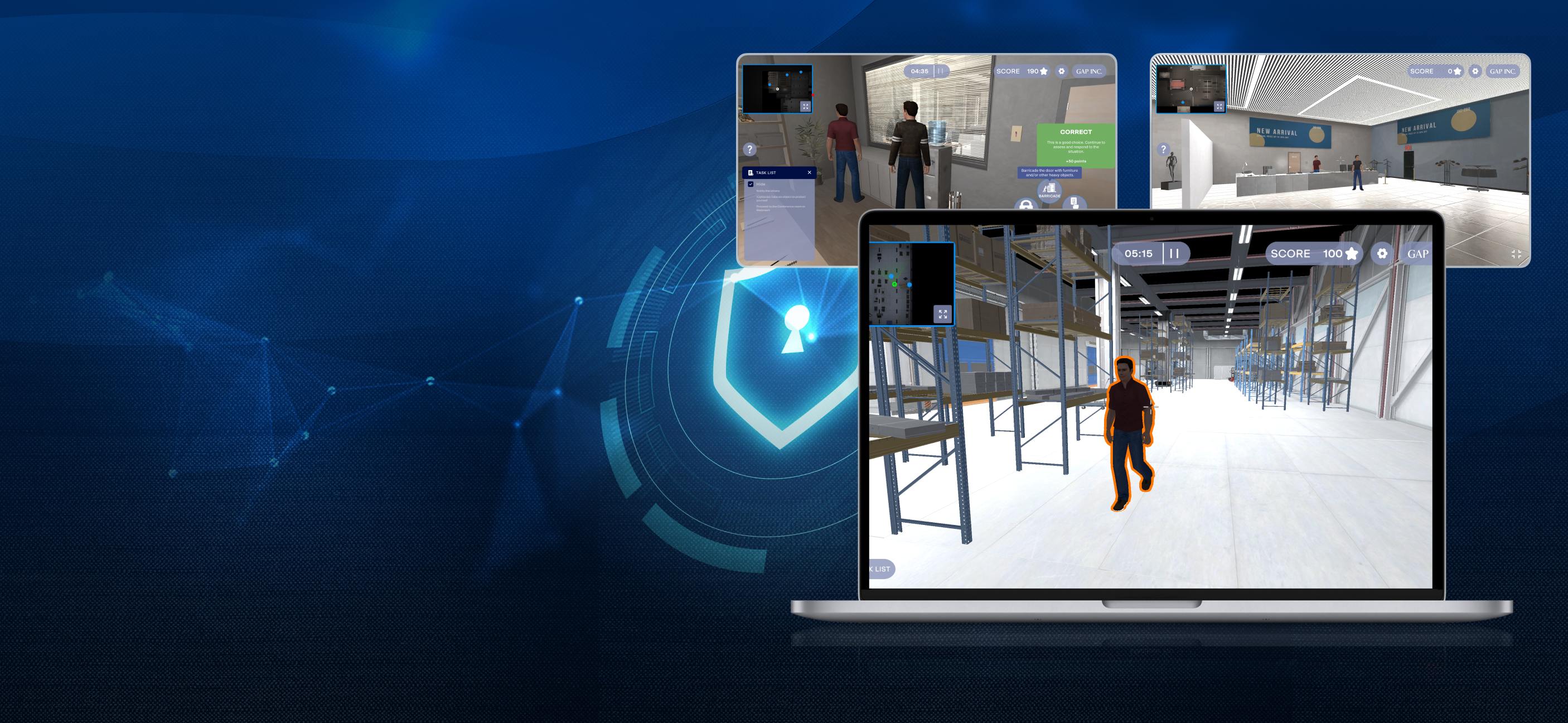In order to create solid digital twins, our developers make use of various software development kits (SDKs), application programming interfaces (APIs), location intelligent services, 3D modeling and texturing software, game engines (Unreal, Unity), integrated development environments (IDEs), etc. Each specialist masters their own set of tools that cover a specific spectrum of functionality, be it a visual appearance, functionality, or management.
Creating digital twins requires a tech stack that's both comprehensive and adaptable. Digital twins rely heavily on complex simulations, data processing, and analytics capabilities, so they must be designed with scalability in mind. Here are some of the critical elements of the tech stack that are a must for creating quality digital twins:
Simulation software. To create a digital twin, simulation software is required to replicate the physical asset or process. This software must be able to make accurate and dynamic models of an asset or process to simulate its behavior in real time.
Data acquisition systems. In order to monitor the physical asset or process and feed data into the simulation software, data acquisition systems must be put in place. These can include sensors, cameras, and other measurement devices that capture real-time data on various aspects of an asset or process.
Cloud computing infrastructure. With large amounts of data generated by a physical asset or process, you may need a robust cloud computing infrastructure to store and process this data. This infrastructure must handle high volumes of data, process it in real time, and scale as required.
Analytics tools. Once data is captured and processed, analytics tools are required to make sense of it. These tools are to provide insights into various aspects of the asset or process, including performance, efficiency, and maintenance needs.
Visualization software. Visualization tools are needed to view the digital twin and its physical counterpart comprehensively. These pieces of software can include 2D/3D models, augmented reality (AR) and virtual reality (VR) simulations, as well as other visualization techniques that provide real-time feedback on the performance of your digital twin.
Security measures. With the sensitive nature of the data generated by the physical asset or process, you should implement security measures to protect it. These measures can presuppose data encryption, access control, and other security protocols that ensure the data is kept secure.
Fundamentally, creating digital twins requires a robust tech stack that includes simulation software, data acquisition systems, cloud computing infrastructure, analytics/visualization tools, and security measures. With the right tech stack, you can leverage the power of digital twins to optimize your operations, reduce costs, and enhance customer experience.
Program-Ace provides bespoke digital twin development services that cater to your unique business requirements. Our experienced developers, engineers, and designers harness state-of-the-art technology to develop tailored solutions that optimize your business processes.
We specialize in designing and implementing simulation software, data acquisition systems, cloud computing infrastructure, analytics and visualization tools, and security measures. Moreover, our digital twin development services can help you increase operational efficiency, reduce expenses, and obtain real-time insights into your business operations.
Would you like to take advantage of digital twin technology to enhance your business performance? Get in touch with Program-Ace today to learn more about how we can help you achieve your objectives.
































